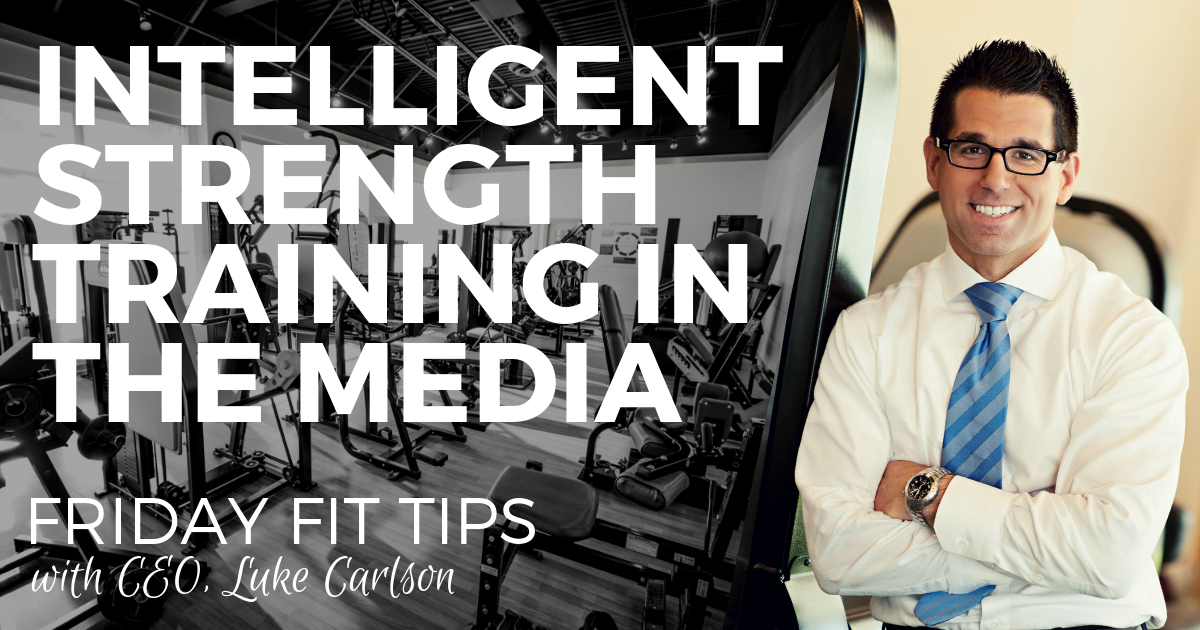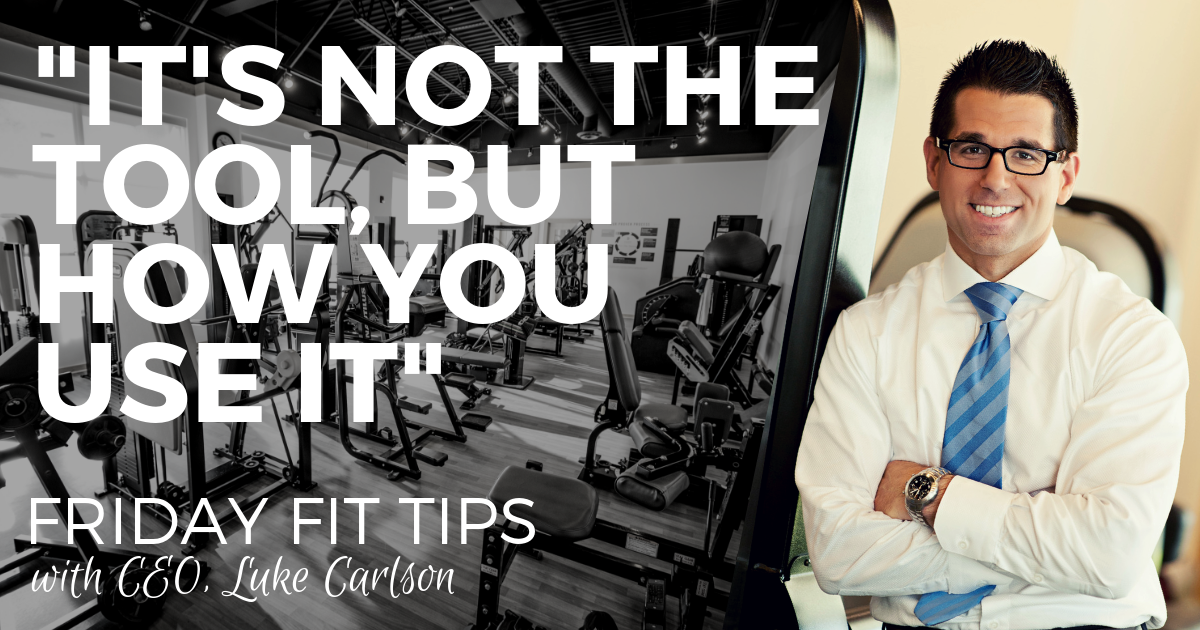21
Sep 2018
By Discover Strength
Posted in
strength training,
how many reps,
resistance exercise,
resistance training,
strength training set,
how many sets
With
NO Comment
Permalink
INTELLIGENT STRENGTH TRAINING IN THE MEDIA
Over the last two weeks, the New York Times and the Washington Post published two “must-read” articles around intelligent strength training.
07
Sep 2018
By Discover Strength
Posted in
Arthur Jones,
free weights,
machines,
medx,
Nautilus,
resistance exercise,
resistance training,
manual resistance,
body weight,
Machines vs Free Weights,
Dan Riley
With
NO Comment
Permalink
"IT'S NOT THE TOOL, BUT HOW YOU USE IT"
Dan Riley, the long-time strength and conditioning coach of the Washington Redskins (winning multiple Super Bowls with head coach Joe Gibbs) and later the strength coach for the Houston Texans, has had the single greatest influence on how professional and high-level college football players strength train. In fact, Dan’s influence is largely responsible for the intelligent strength training that took place across the NFL in the 1980’s and 1990’s (Important side note: The strength training performed in professional and college football has regressed significantly over the last decade).
22
Jun 2017
By Luke Carlson
Posted in
strength training,
exercise,
how many reps,
how much,
resistance exercise,
resistance training,
frequency,
less is more
With
NO Comment
Permalink
Classic Movie Scene and How Learning to Surf is Like Strength Training
In one of my all time favorite scenes from one of the modern classic rom-coms, “Forgetting Sarah Marshall,” Paul Rudd’s character attempts to teach the heartbroken Peter (played by Jason Segal) how to surf. You can watch this 1:30 scene here:
23
May 2016
By Discover Strength
Posted in
strength training,
Stuart Philips,
applied physiology,
heavy weights,
how many reps,
light weights,
McMaster University,
muscle size,
muscle strength,
resistance exercise,
Uncategorized
With
NO Comment
Permalink
New Research: It's not the amount of weight that matters
New research published this month in the Journal of Applied Physiology challenges what strength training pundits have taught for years: In order to grow bigger muscles, you need to lift heavy weights. A team of researchers led by Stuart Philips at McMaster University in Canada separated subjects into two groups: one group did "heavy" weights for fewer reps (8-12 reps) and the other group lifted a lighter weight and performed more reps (20-25 reps). Subjects in both groups were "trained" meaning they had a minimum of 2 years of strength training experience (studies with "trained" subjects are often viewed as more credible because applying any type of strength training intervention produces positive results with subjects who are new to strength training). The researchers required both groups to train to momentary muscle failure.
The result? After 12 weeks, both groups experienced the same improvements in muscle strength and muscle size. The researchers concluded, "We provide novel evidence of lifting markedly different (lighter versus heavier) loads (mass per repetition) during whole body resistance training on the development of muscle strength and hypertrophy in previously trained persons. Using a large sample size (n=49), and
contradicting dogma, we report that the relative load lifted per repetition does not determine skeletal muscle hypertrophy nor, for the most part, strength development."
22
Apr 2016
By Discover Strength
Posted in
strength training,
Brian Tracy,
fitness goals,
resistance exercise,
Results,
workout plan
With
NO Comment
Permalink
The Process for Sustained Results
Business and self-improvement authority, Brian Tracy asserts that long-term thinking and decision-making is the hallmark and commonality among all successful people. Certainly, this mindset lends itself to effective exercise. The commitment to "sustainable" or long-term resistance exercise is the cornerstone of an intelligent fitness prescription. Performed properly, resistance exercise mitigates chronic disease risk factors, reverses aging, and stimulates fitness improvements while minimizing injury risk. If you take a long-term approach to resistance exercise, I think the process should look like this:
Most importantly, the above process only works when it is built upon a foundation of evidence-based exercise. That is, the exercise prescription should be a representation of the preponderance of scientific research. This is the only way to guarantee safe and result-producing exercise. If you aren't using an evidence-based approach, you are just making it up as you go. |
13
Apr 2016
By Discover Strength
Posted in
child obesity,
obesity,
resistance exercise,
resistance training,
Uncategorized
With
NO Comment
Permalink
A New Perspective on Exercise for Overweight and Obese Kids
Authors of a editorial published in the journal "Psychology and Health" argue that parents, educators, and healthcare professionals should consider taking a different approach to the ever growing issue of childhood obesity.






Leave a Reply
Your email address will not be published.